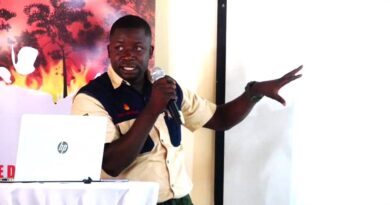Kansanshi Mining Reports Strong Half-Year Performance Amid Power Challenges
Kansanshi Mining, a subsidiary of First Quantum Minerals (FQM), has reported a robust financial performance for the first half of 2024, driven by rising copper prices and improved ore grades, despite ongoing electricity challenges in Zambia.
The company achieved a net profit of US$117 million, a significant turnaround from a net loss of US$1.1 million during the same period last year. Additionally, income tax surged to US$56 million, compared to US$3.6 million in the previous year.
Revenue for the half-year climbed 25 percent to US$927 million, largely attributed to a 28 percent increase in copper prices and a 15 percent rise in copper production, totaling 72,980 tonnes at the mine.
FQM Director – Zambia, Anthony Mukutuma, remarked, “Our strong performance in the first half of this year is a testament to the company’s operational resilience and resourcefulness in the face of the challenging power crisis in Zambia. The progress on the Kansanshi S3 Expansion and our successful mitigation of power disruptions demonstrate our commitment to maintaining operations and investing in the future of Zambia’s mining and energy sectors.”
The company is making steady progress on its S3 Expansion project in Solwezi, a crucial growth initiative featuring the installation of major equipment such as the SAG mill and primary crusher, which are advancing on schedule.
This investment, expected to be completed by mid-2025, underscores First Quantum’s commitment to the region’s economic prosperity and positions the company for increased output in the coming years.
For 2024, production estimates stand between 140,000 and 150,000 tonnes of copper, alongside 65,000 to 75,000 ounces of gold.
Zambia’s ongoing power crisis, worsened by drought conditions, has presented significant challenges for the mining sector. Since July, power curtailments from ZESCO have increased to 40 percent. In response,
First Quantum has proactively secured alternative power sources, sourcing 193 MW, or 52 percent of its power needs, from regional suppliers through the Southern African Power Pool. This strategic approach has minimized disruptions, allowing operations at Kansanshi, Sentinel, and Enterprise to continue effectively.



